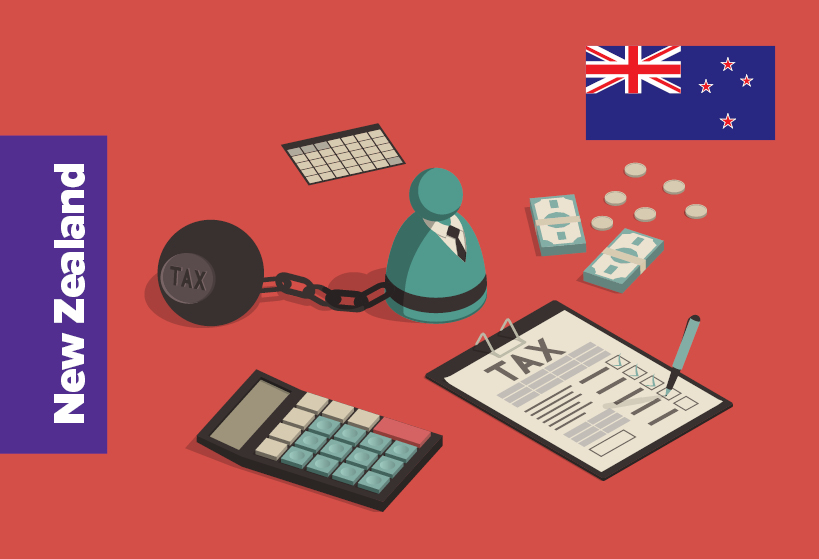
Falling Rates Leave New Borrowers Better Off
According to BNZ chief economist Mike Jones, the average mortgage rate in June fell to 5.66 per cent, down from the cycle’s peak of 6.39 per cent. This shift has translated into real savings for borrowers, with a typical new loan holder now around $270 better off each month.
For a first-home buyer with an average mortgage of $575,000, repayments have dropped from about $3593 a month at peak rates to roughly $3323 at current levels. Weekly repayments have eased from $829 to $767, freeing up household budgets that have been under strain in recent years.
Jones expects further relief as rates continue to track downwards. This would provide even more breathing space for borrowers, many of whom have been grappling with higher living costs alongside mortgage pressures.
The economist noted that borrowers appear to have moved past the period where almost everyone was refixing on very short terms in anticipation of falling interest rates. Earlier in the year, a large proportion of fixed mortgages had less than six months remaining. By June, that share had eased, with more homeowners spreading their risk across slightly longer terms of six to twelve months or even one to two years.
Around $135 billion worth of loans are due to be refixed in the next six months. This will give a significant portion of households the chance to benefit from the lower rates coming through the system.
Interestingly, Jones observed that borrowers are not always opting for the cheapest immediate option when refixing. Instead, many are choosing terms that balance upfront costs with the potential to benefit from the broader interest rate cycle. Earlier this year, for example, some borrowers chose short-term fixes even though they were more expensive at the time, correctly anticipating sharp rate cuts that followed.
Looking ahead, Jones expects the Reserve Bank’s official cash rate to settle closer to 2.5 per cent, though the exact low point remains uncertain. He suggested that while borrowers are beginning to test longer-term fixes, a widespread shift in that direction is unlikely just yet. With the economy still subdued and further cuts on the horizon, the incentive to stay flexible remains strong.



